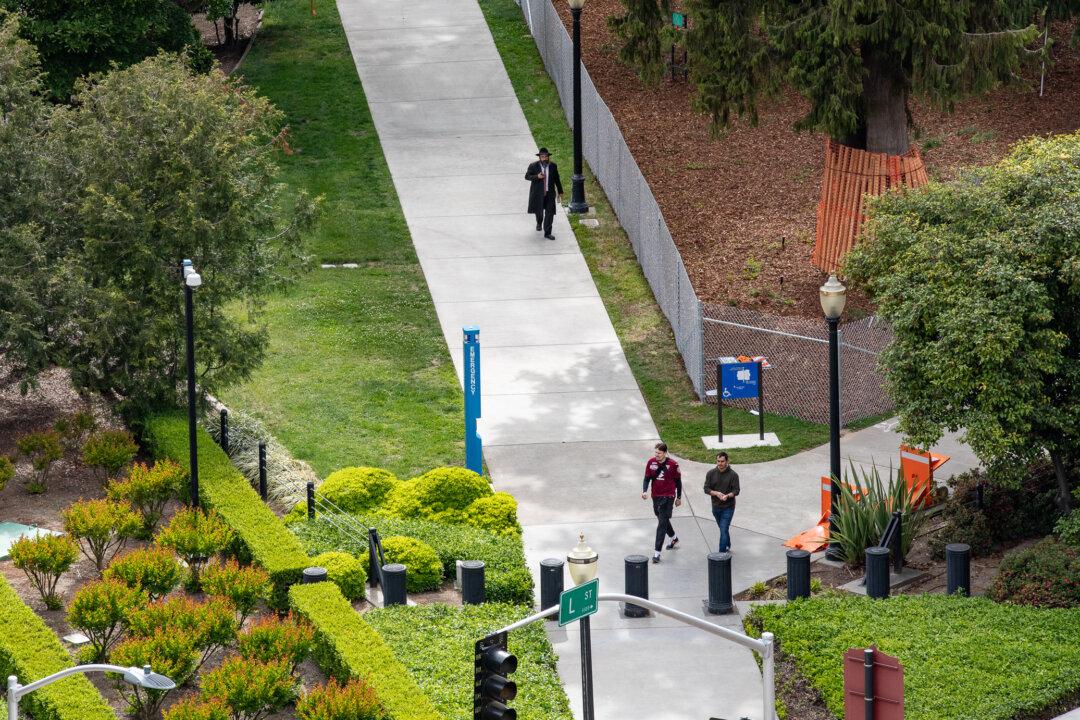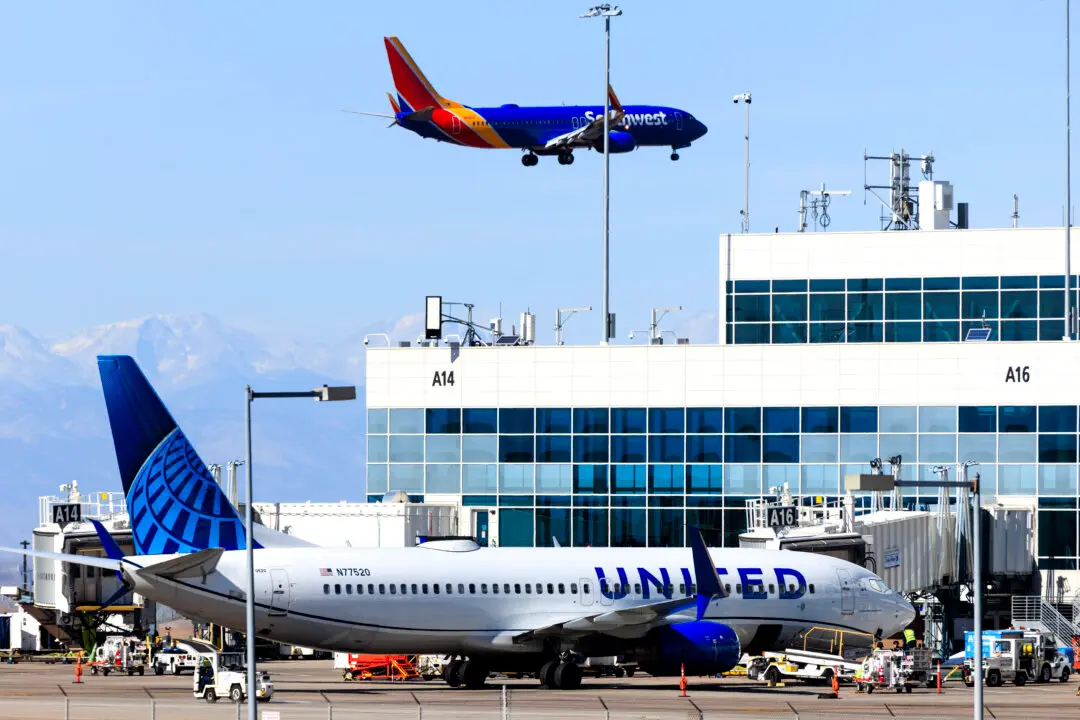Sacramento County health officials are moving forward with a plan to promote longer life and healthier living in select neighborhoods.
The program, a first for state officials, also promises to improve the lives of residents with dementia and Alzheimer’s disease. The county’s public health department has contracted with Blue Zones, a private wellness company, to help develop the initiative.





